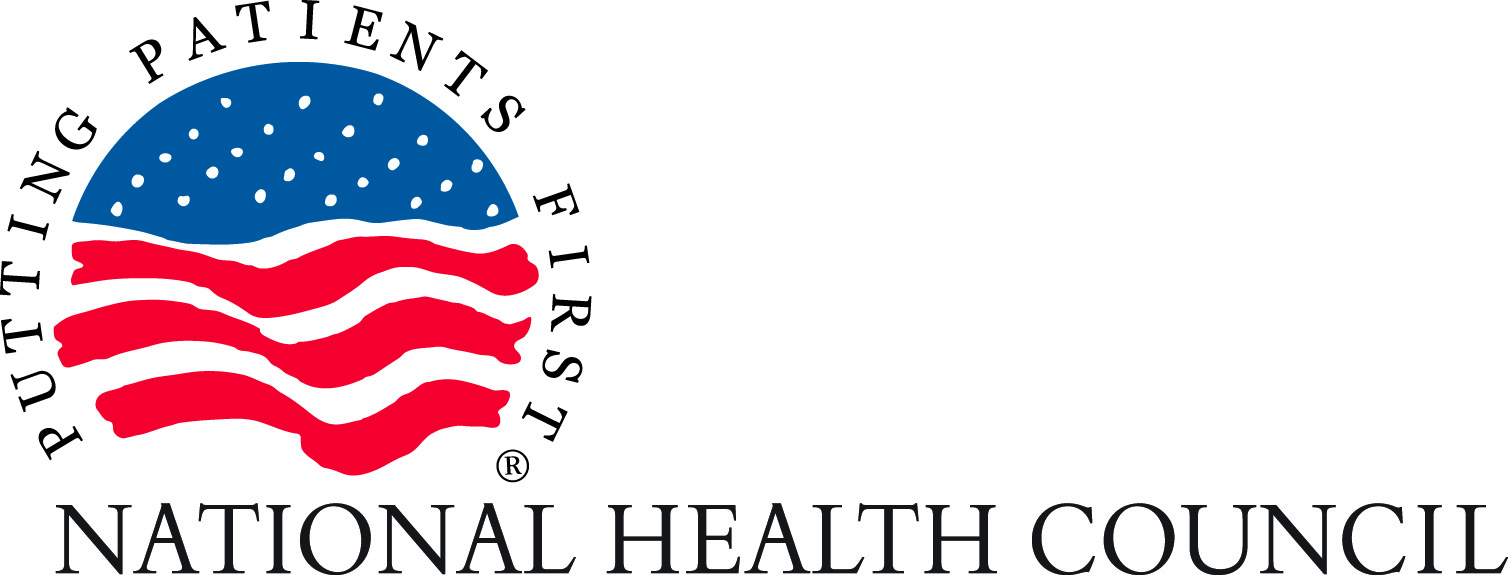Meaningful Patient Engagement: Now or Never?
11/05/2018
By: Jason Harris, Associate Director, Policy & Programs
In 1997, a little more than twenty years ago, Steve Jobs stated what is now his widely known opinion on market research:
“People don’t know what they want until you show it to them.”
And it’s fair to say he was right … in the context of products such as the Mac, iPod, or later, the iPhone and iPad. However, this way of thinking doesn’t translate across all industries, specifically, as some of have learned recently, health care is a more complicated.
In 1992, five years prior to that famous quote, the global HIV/AIDS epidemic had reached heightened levels in America and the across the world. Advocates and activists chained themselves to the doors at the Food & Drug Administration (FDA) demanding not just to receive access to experimental treatments that may or may not help, but that their voices be heard so researchers and regulators could learn about the lived experience of patients to incorporate those learnings into the development of potential lifesaving treatments.
At the time, this movement was about saving the lives of those desperately in need. But, as we look back, it really was the beginning of a different movement, one that engages patients and their family caregivers as experts in their disease or disability to better understand how to develop the most effective medical product. Fast forward to present day and around the world, health regulators and biopharmaceutical companies have programs and departments dedicated to engaging patients to better understand the disease or disability and what outcomes will be most important to target in drug development.
In 2012, the FDA launched its patient-focused drug development (PFDD) initiative, which as the Agency states, is “a systematic approach to help ensure that patients’ experiences, perspectives, needs, and priorities are captured and meaningfully incorporated into drug development and evaluation. As experts in what it is like to live with their condition, patients are uniquely positioned to inform the understanding of the therapeutic context for drug development and evaluation.” The last 25 years have seen enormous progress, but there is no question we are at a critical point for the meaningful engagement of patients in medical product development and evaluation.
Currently, in accordance with the 21st Century Cures Act, the FDA is developing a series of four guidance documents to help operationalize PFDD. These guidances address how stakeholders can collect and submit patient experience data and other relevant information from patients and caregivers for medical product development and regulatory decision making. The National Health Council (NHC) was instrumental in encouraging this provision be included in the 21st Century Cures Act. Over the last two years, the NHC has formed patient-led, multi-stakeholder workgroups to develop recommended language related to the series of PFDD guidance documents for all stakeholders, including the FDA, as it undertakes this work.
With these guidances, the FDA is clearly demonstrating it wants to understand what patients and their family caregivers think about a disease, what outcomes most important to patients, and what they look for in a treatment. This is significant – the FDA is signaling to biopharmaceutical companies, that in an ever-increasingly competitive market, when submitting a product for approval, applications will be more attractive if they can demonstrate how patient and caregiver input was used to develop the product.
We commend all stakeholders driving this important work forward. The NHC is rooted in the belief that across the health care ecosystem, patients, and their family caregivers need to be engaged not only because having our voices heard is important, but it also makes the medical product development process more efficient, faster, and less costly. So, when it comes to asking about what people might want in the next-generation iPhone, consumers may or may not know. But, ask an individual with a chronic condition, or a mother taking care of a child with a disease, what they want from a next-generation treatment – I guarantee they’ll be able to tell you what they want.

